
Most horse breeds have been domesticated, except this one. The Przewalski’s horse has resisted being tamed by humans for thousands of years. It stayed wild, stubborn, and untamed. Let’s explore why and how it’s still around today.
Meet the Przewalski’s Horse
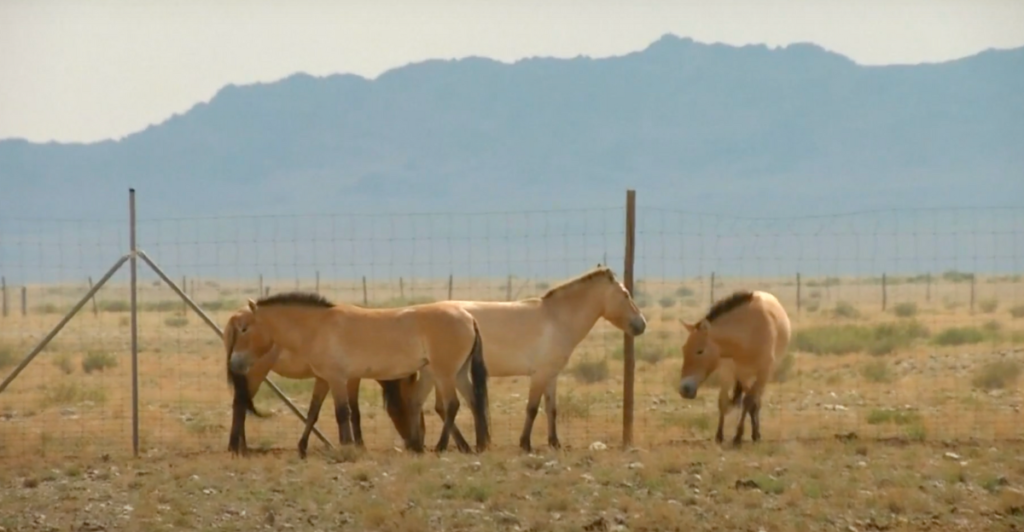
Przewalski’s horse (pronounced “shuh-VAL-skee”) is the last truly wild horse. Found mostly in Mongolia, they’re small, stocky, and tough. Unlike mustangs or brumbies, who are just escaped domestic horses, these animals were never tamed. They’ve kept their wild ways for thousands of years.
A Horse Unlike Any Other

At first glance, they look like regular horses. But their DNA says otherwise. They have 66 chromosomes, not 64, like domestic horses. This genetic difference might be one of the reasons they never fully surrendered to domestication. They’re built differently, inside and out.
Tried, But Never Tamed
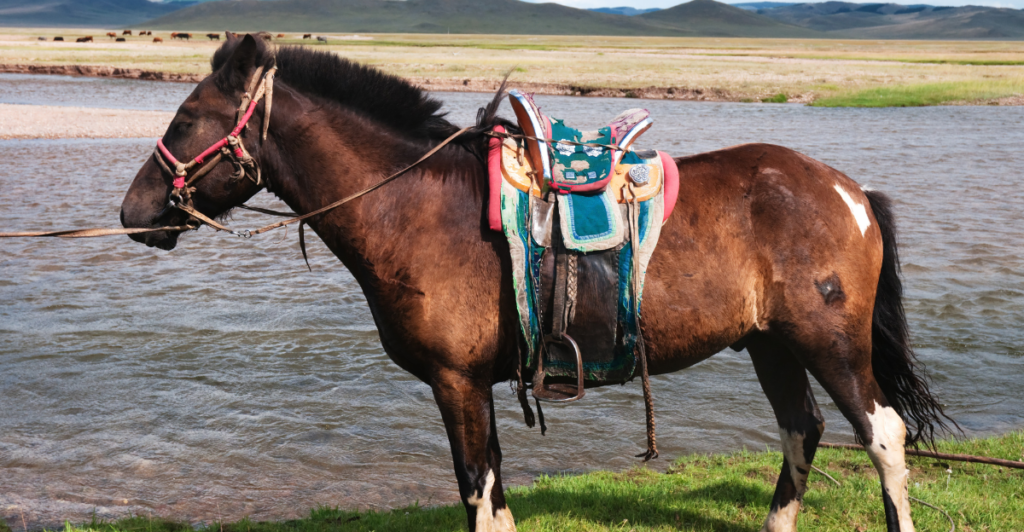
Humans did try to domesticate them. Ancient people captured them, raised them, and attempted to ride them. But they never bred like normal horses. They stayed aggressive and independent. Eventually, humans gave up. Unlike other breeds, Przewalski’s horses just wouldn’t adapt.
The Harsh Mongolian Wilderness
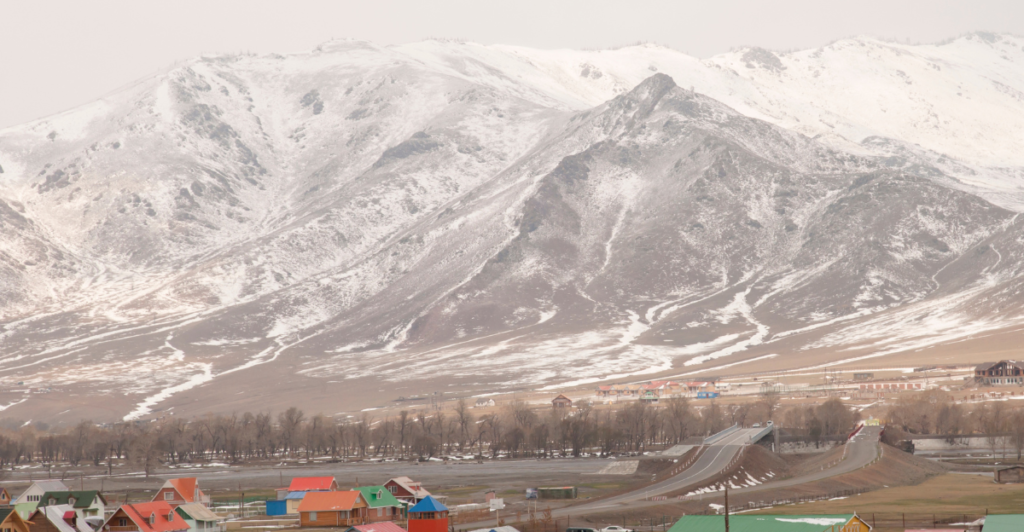
One reason they stayed wild? Their home. The Mongolian steppe is brutal—freezing winters, blazing summers, little food. To survive, they adapted and became tough, independent, and self-sufficient.
Extinct in the Wild—Almost
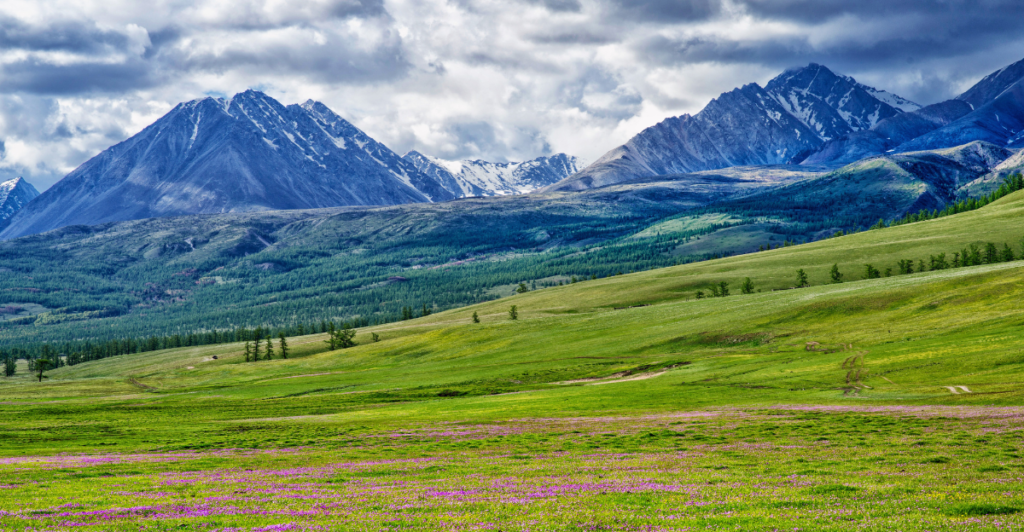
By the 1960s, these horses had disappeared from the wild. Poaching, habitat loss, and competition with livestock wiped them out. For a while, they only survived in zoos and conservation programs. It seemed like the last wild horse had finally lost its battle.
A Second Chance at Freedom
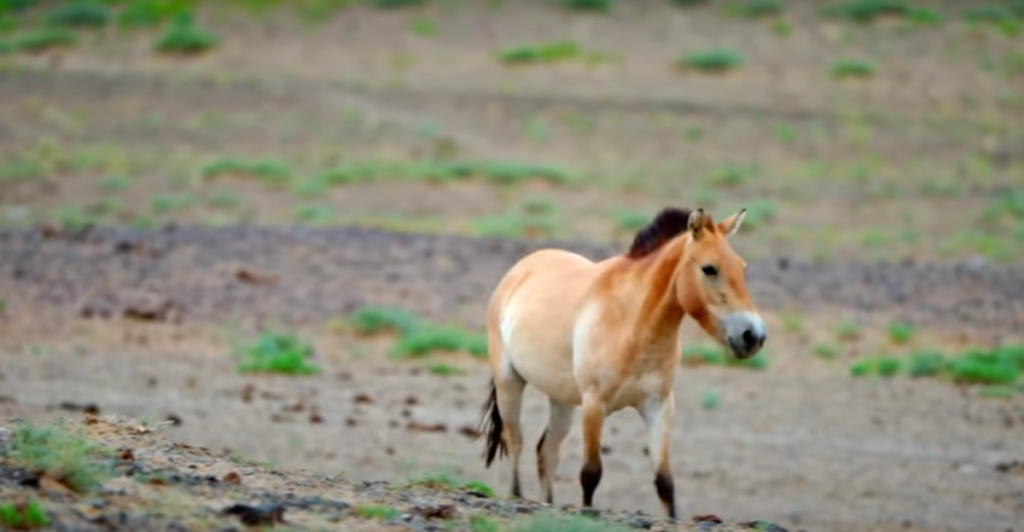
Luckily, conservationists weren’t ready to give up. Breeding programs began, using a small population of captive horses. Slowly, their numbers grew. By the 1990s, they were reintroduced to Mongolia. For the first time in decades, truly wild horses ran free again.
The Rewilding Process
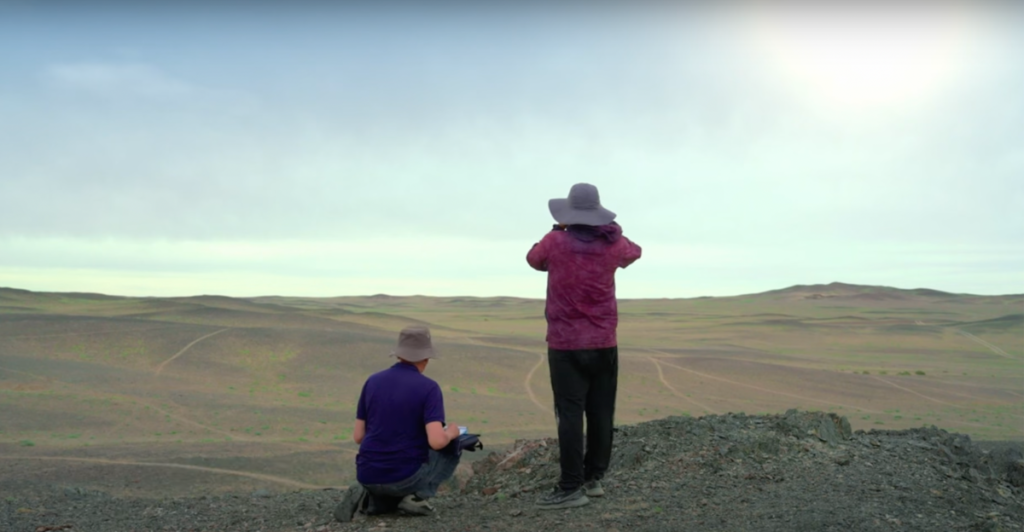
Releasing captive-bred horses into the wild wasn’t easy. They had to learn how to survive, find food, and avoid predators. Some struggled, but many adapted. Over time, they formed strong herds, just like their ancestors had for thousands of years.
How They Live Today
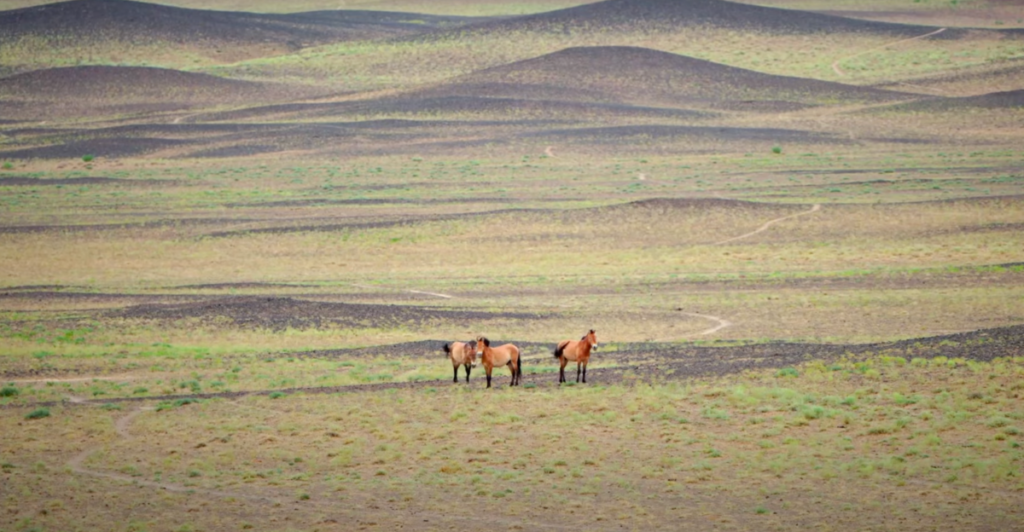
Now, Przewalski’s horses roam Mongolia again. They graze in grasslands, live in small groups, and rely on their instincts. Unlike domesticated horses, they don’t depend on humans. While still endangered, their population is slowly growing.
Why They’re Special
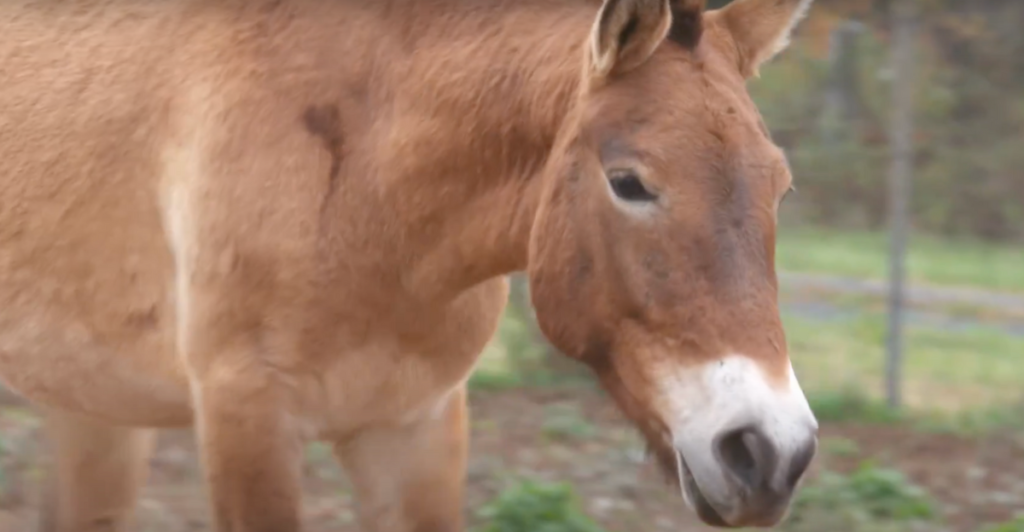
These horses aren’t just a part of history. They’re a symbol of resilience. Despite humans trying to tame them, despite near extinction, they survived. They remind us that not everything can—or should—be controlled.
Not Your Average Wild Horse
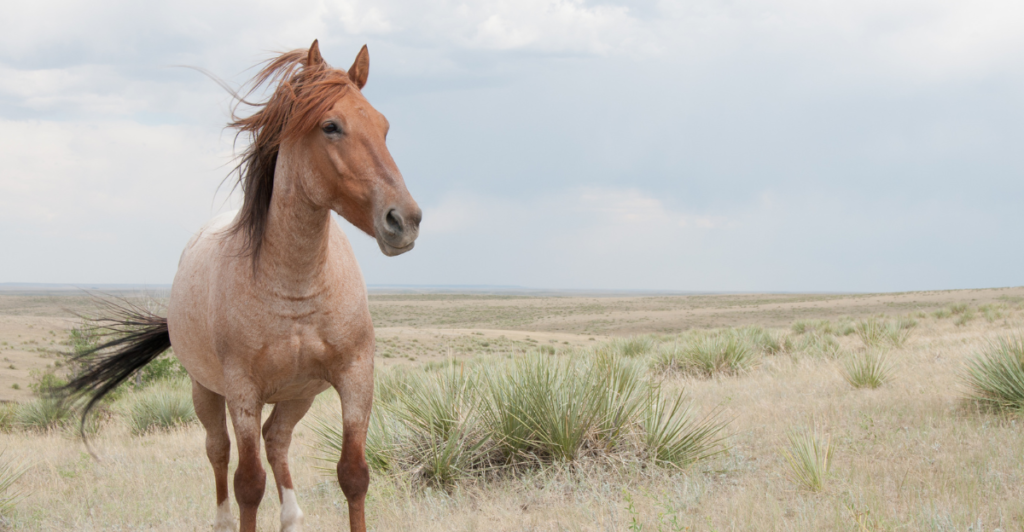
People often confuse them with mustangs or brumbies. But mustangs came from domesticated horses. Przewalski’s horses? They were never tamed in the first place. That makes them the only true wild horse left.
Will They Stay Wild?
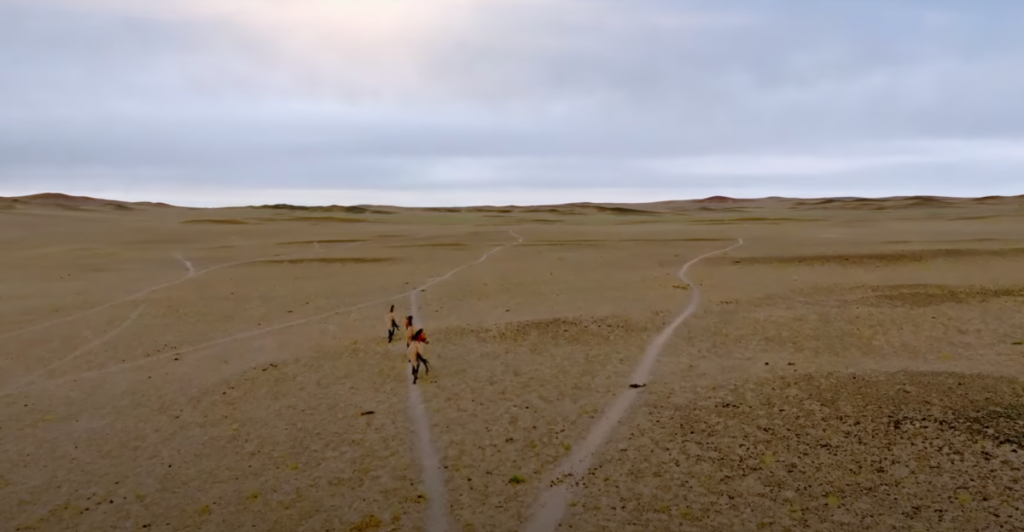
Conservation efforts continue, but challenges remain—climate change, habitat destruction, and competition with livestock. Their future depends on protecting their land and keeping them wild. These untamed horses will roam free for generations if conservationists do it right.
The Horse That Refused to Bow
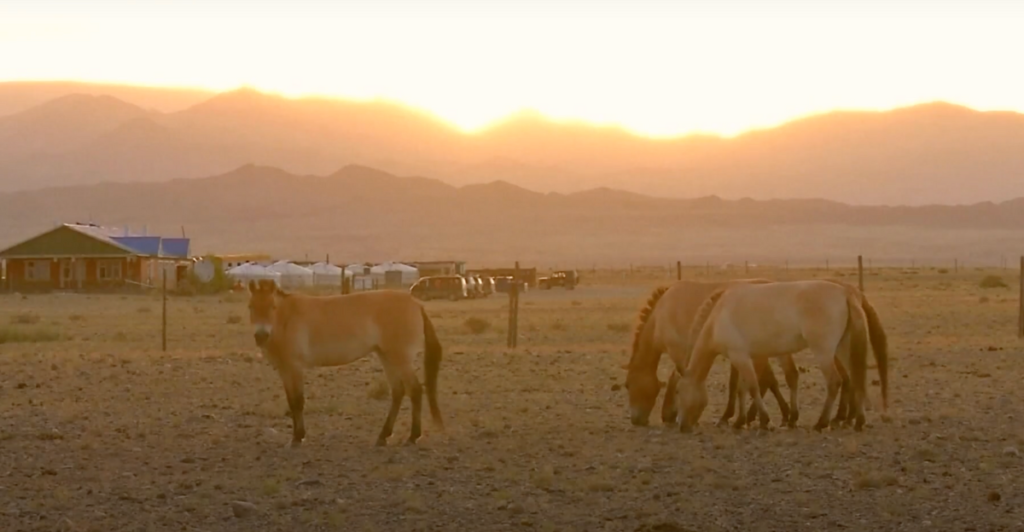
While other horses were saddled, bred, and trained, Przewalski’s horses stood their ground. They never became work animals, war horses, or show ponies. They remained what they always were—wild, strong, and free. And that’s exactly how they’ll stay.
Discover more of our trending stories and follow us to keep them appearing in your feed

The Best Places To See Wild Mustangs In America
Bison Return Home To Native American Lands After Being Pushed To The Brink Of Extinction
The War on Cows Is Over—And Green Extremists Have Lost
After 800 Years of Silence, This American Volcano Shows Signs of Activity
References:
Reference 1
Reference 2
This article first appeared here
Stay connected with us for more stories like this! Follow us to get the latest updates or hit the Follow button at the top of this article, and let us know what you think by leaving your feedback below. We’d love to hear from you!







